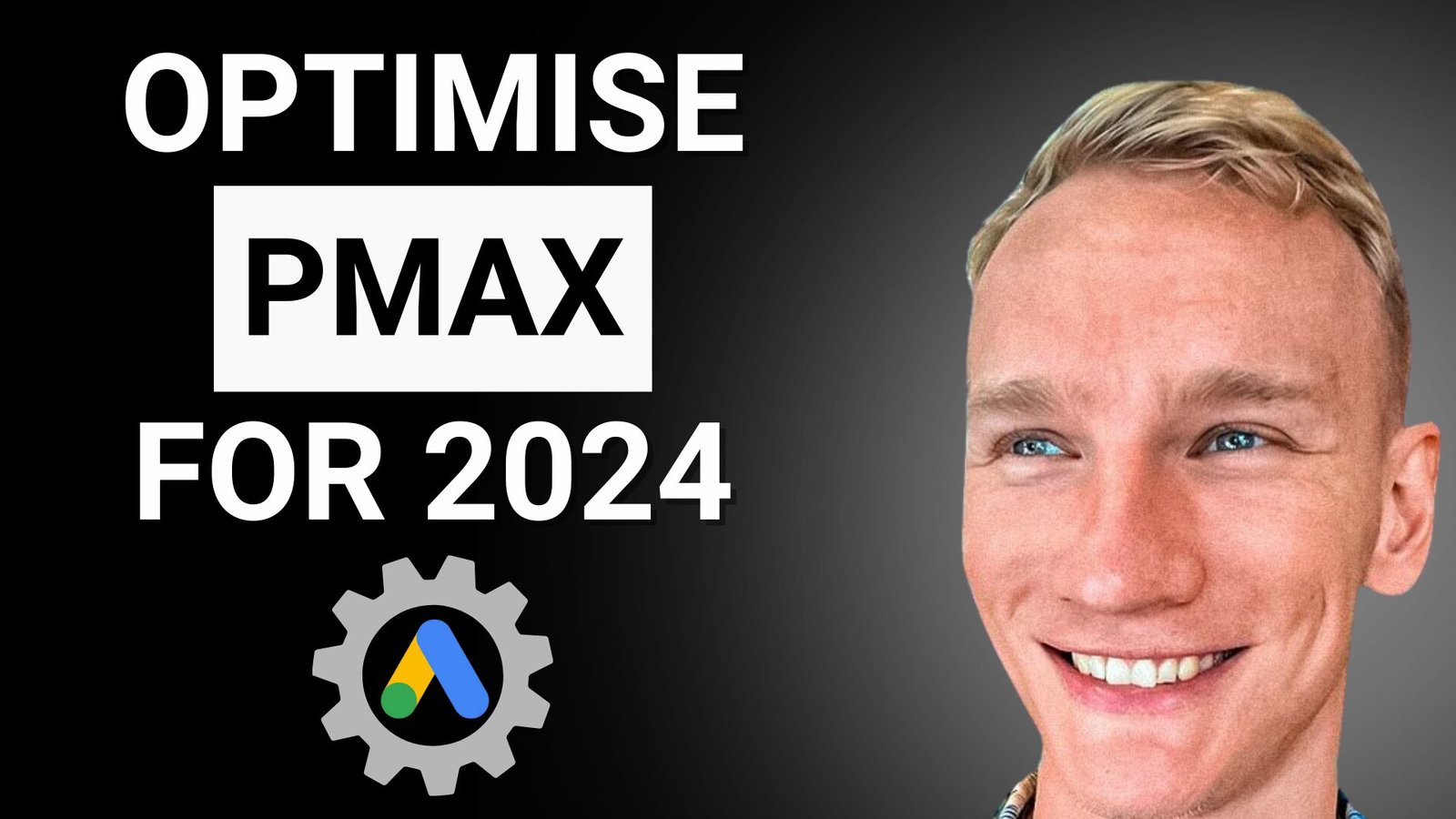Google Performance Max campaigns are a powerful tool designed to simplify your advertising across all Google platforms, including Search, YouTube, Display, and more. It’s essential to understand how to optimise these campaigns to boost conversions, maximize return on ad spend (ROAS), and improve overall performance. In this guide, we’ll break down the key strategies for optimizing your Performance Max campaigns to get the best results.
1. Focus on Asset Groups for Better Results
One of the most important elements in Performance Max campaigns is asset groups. These work similarly to ad groups but cover multiple Google platforms. Each asset group should focus on specific products or services rather than broad audience types. By doing this, you ensure that the right ad copy, images, and videos are shown to the right audience, maximizing relevance and improving the customer journey.
- Audience Signals: While you can add audience signals (such as demographics or interests), it’s important to remember that Google’s algorithm will explore beyond these signals to find potential customers. Audience signals are just a starting point to guide Google’s machine learning.
- Bonus Insight: Ensure that all assets within a group, such as texts, images, and videos, are consistent and tailored to specific products. This will increase the chances of higher conversion rates.
2. Regularly Optimise Your Ad Assets
Your ad assets—headlines, descriptions, images, and videos—are the core of your campaign. Google rates these assets as low, good, or best, and it’s essential to review them regularly. If your assets are rated “low,” it’s time to refresh your ad copy or visuals.
- Split Testing: Regularly test different variations of headlines, images, and videos to see what performs best. By continuously split-testing, you can identify what resonates with your audience and drives more clicks and conversions.
- Bonus Insight: Update your underperforming ad assets every month to maintain high engagement and conversion rates.
3. Leverage Search Term Data to Refine Targeting
Even though Performance Max campaigns don’t focus on specific keywords, reviewing your Search Term Reports can offer valuable insights. These reports show which search queries triggered your ads and led to conversions. Use this data to refine your audience signals and campaign focus.
- Optimise Audience Signals: As your campaign gathers more data, Google will tag audiences that are converting effectively. Use this information to adjust your audience signals and further fine-tune your targeting strategy.
- Bonus Insight: Always prioritize conversions when reviewing performance data. Shift focus to audiences and keywords that deliver the highest number of conversions.
4. Segment Products for E-commerce Campaigns
If you’re running an e-commerce store, effective product segmentation is critical. Performance Max can sometimes over-spend on low-performing products. By grouping similar products or focusing on high-margin items, you can better control your budget and boost conversions.
- Seasonality & Margins: Group products based on seasonality (like swimwear for summer) or profit margins. This way, you can allocate your budget wisely and maximize revenue from your highest-performing items.
- Bonus Insight: Track the performance of each product segment over 60-90 days to make informed budget decisions and refine your campaign for better results.
5. Automate Bidding for Better Performance
Performance Max relies heavily on automated bidding strategies such as Maximize Conversions or Maximize Conversion Value. These strategies allow Google to use machine learning to optimise your bids based on your conversion data.
- Set ROAS Targets: If your goal is to maximize revenue, you can set ROAS targets to help Google focus on high-value conversions. Ensure you let the campaign run for at least 30 days before making any major changes to ROAS or CPA targets, allowing Google to collect enough data for accurate optimization.
- Bonus Insight: Be patient with automated bidding strategies. Let Google gather sufficient data before making adjustments to ensure the best possible results.
Conclusion
To make the most out of Google Performance Max campaigns in 2024, it’s essential to continually optimise and refine your approach. Focus on creating well-structured asset groups, regularly update your ad assets, and use data from search terms and audience signals to fine-tune your targeting. Additionally, segment your products strategically, and let Google’s automated bidding system optimise for conversions and ROAS.
By following these key optimization strategies and making data-driven adjustments, you can ensure that your Performance Max campaigns deliver higher conversions, improved ROI, and sustained success

